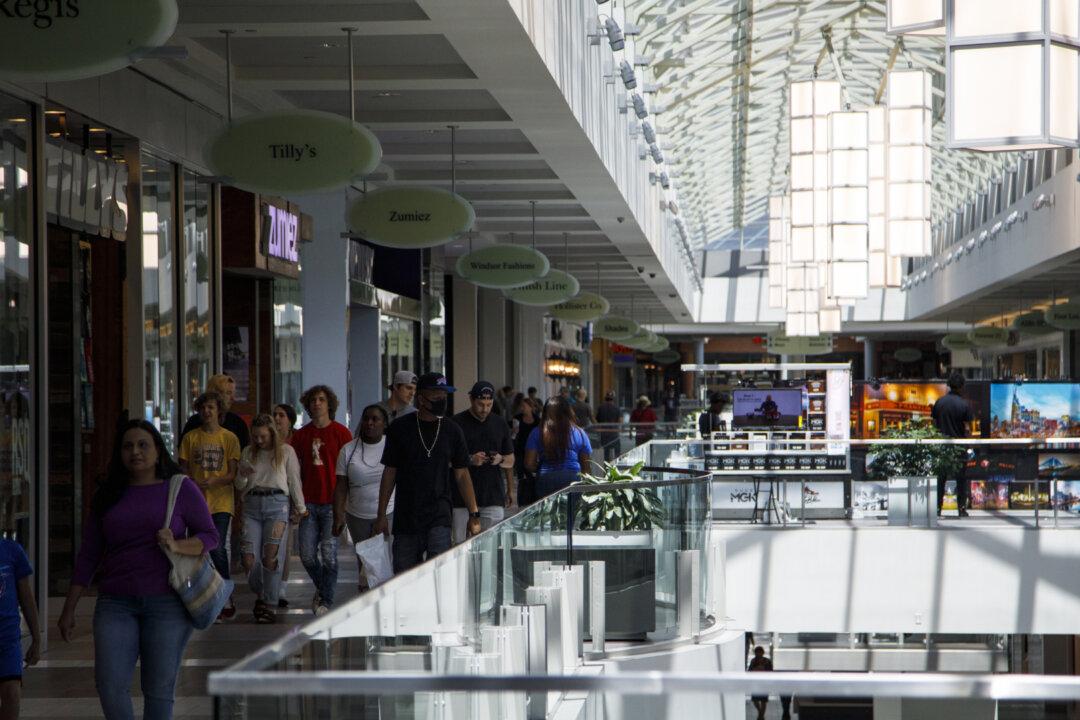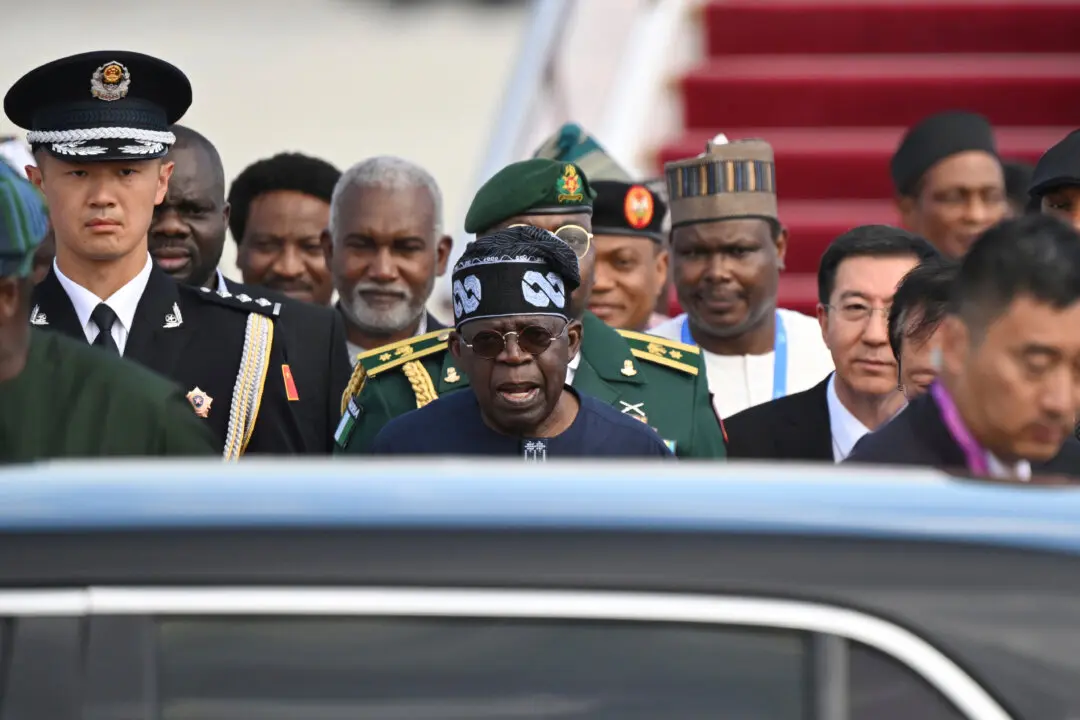HOUSTON—Americans in about half of U.S. states, led by Texas and Georgia, began emerging on May 1 from home confinement while California and New York held fast to business closures and other restrictions imposed in the face of the CCP virus pandemic.
Texas on May 1 began a phased-in reopening of businesses shuttered more than a month ago, with restaurants, retail stores, and malls allowed to open at 25 percent capacity. A second phase is planned for May 18 if infection rates continue to decline.





